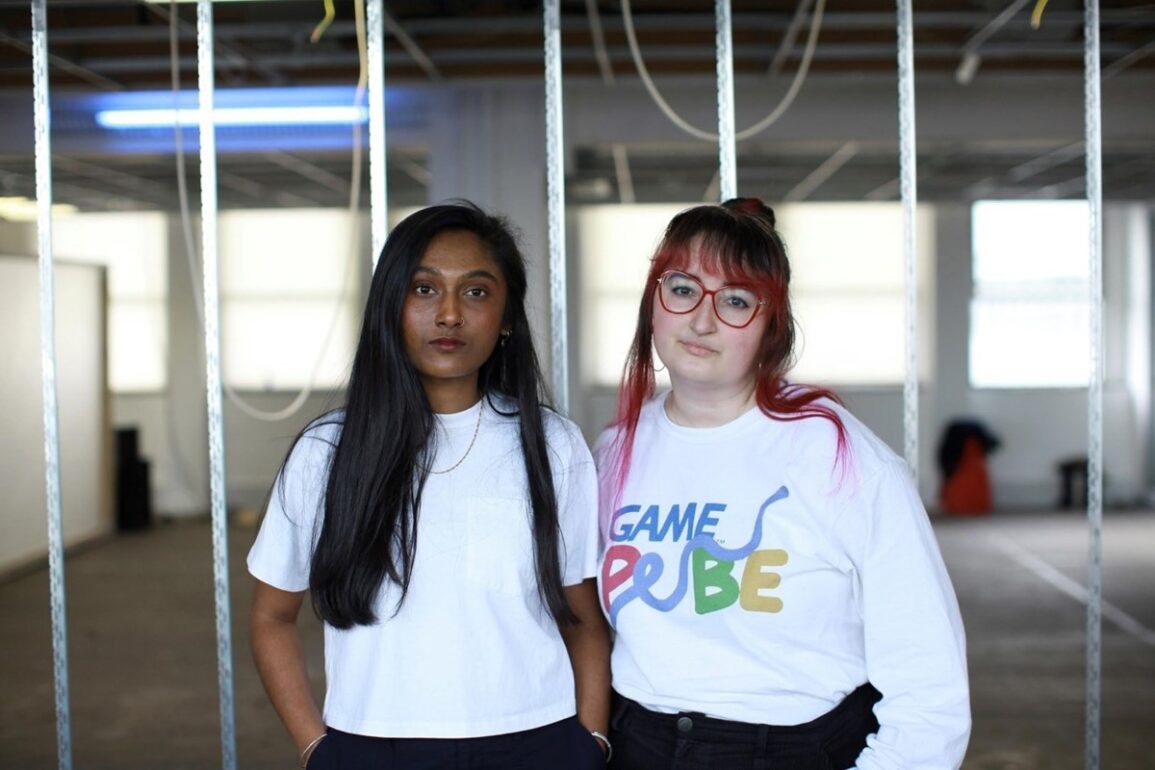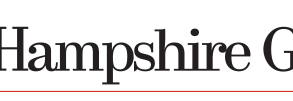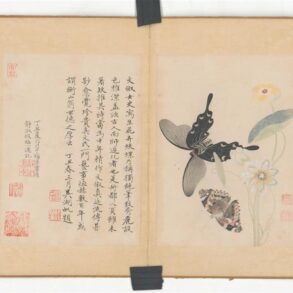
A new report commissioned by the Design and Artists Copyright Society (DACS) has found that earnings for visual artists in Britain have plunged by 40 per cent since 2010.
The University of Glasgow researchers who worked on the report found that visual artists had a median annual income of £12,500, 47 per cent lower than the income of full-time minimum wage workers (£23,795). 80 per cent of the 1,200 creatives surveyed said their earnings were “unstable” or “very unstable”.
The report also highlighted stark pay gaps. Female visual artists typically earn 40 per cent less (£7,500) compared to their male counterparts (£12,500). The report also uncovered a 70 per cent pay gap between disabled and non-disabled visual artists, with disabled artists earning just £3,750 annually, while their non-disabled counterparts earn £12,500.
Visual artists from less privileged socioeconomic backgrounds are also paid 40 per cent less (£7,500) than those from more privileged backgrounds (£12,500). In total, more than half (53.3 per cent) of the report’s respondents came from a highly privileged background – more than double than in the general workforce in the UK.
Art critic Gabrielle de la Puente, who co-founded The White Pube and co-authored Poor Artists with fellow critic Zarina Mohammad, describes the report as “hugely validating”. “So many of us are under the impression art is a tool for good and therefore the art industry that supports creativity must be good too,” she explains. “It leads us to internalise problems, or play them down […]I am left feeling validated that everything I have felt I am struggling against is factual, structural, and happening to other people like me.”
It has never been more untenable to try getting into this as a working-class artist without the familial resources to keep up the charade
Dr Amy Thomas and Dr Arthur Ehlinger, two of the researchers who worked on the report, said the drop in earnings for visual artists is being caused by a combination of funding cuts, inflation and the rise of AI. The report also pointed to Brexit as a potential factor, with more than half (56.5 per cent) of surveyed artists noticing changes in the demand for their services in the UK or EU post-Brexit.
De la Puente says she certainly blames Brexit for cutting British artists off from the “opportunity and community” that the European Union offered. “I also blame the cost of living crisis and the inflation we’ve experienced since 2021,” she continues. “It has never been more untenable to try getting into this as a working-class artist without the familial resources to keep up the charade.”
The report’s results support recommendations that DACS and 26 other arts groups made to the UK government back in June in “The Visual Arts Manifesto,” which called on the Department for Culture, Media and Sport to support the visual arts sector. Other key proposals included establishing the Smart Fund to generate collective licensing revenue; appointing a Freelancer Commissioner; more robust regulation of AI; and financial stability and security for disabled artists
De la Puente believes that the UK should implement the necessary changes to help struggling artists. “I’m closely watching the Basic Income for the Arts scheme in Ireland, which is giving 2000 artists a weekly payment of €325 in a pilot that is running from 2022 to 2025,” she says. “I hope the result is that artists have been given the time and space to seriously develop their creative practice without the ludicrous pressure that anything they make has to be profitable — but we’ll see what happens when the scheme ends next year.”








